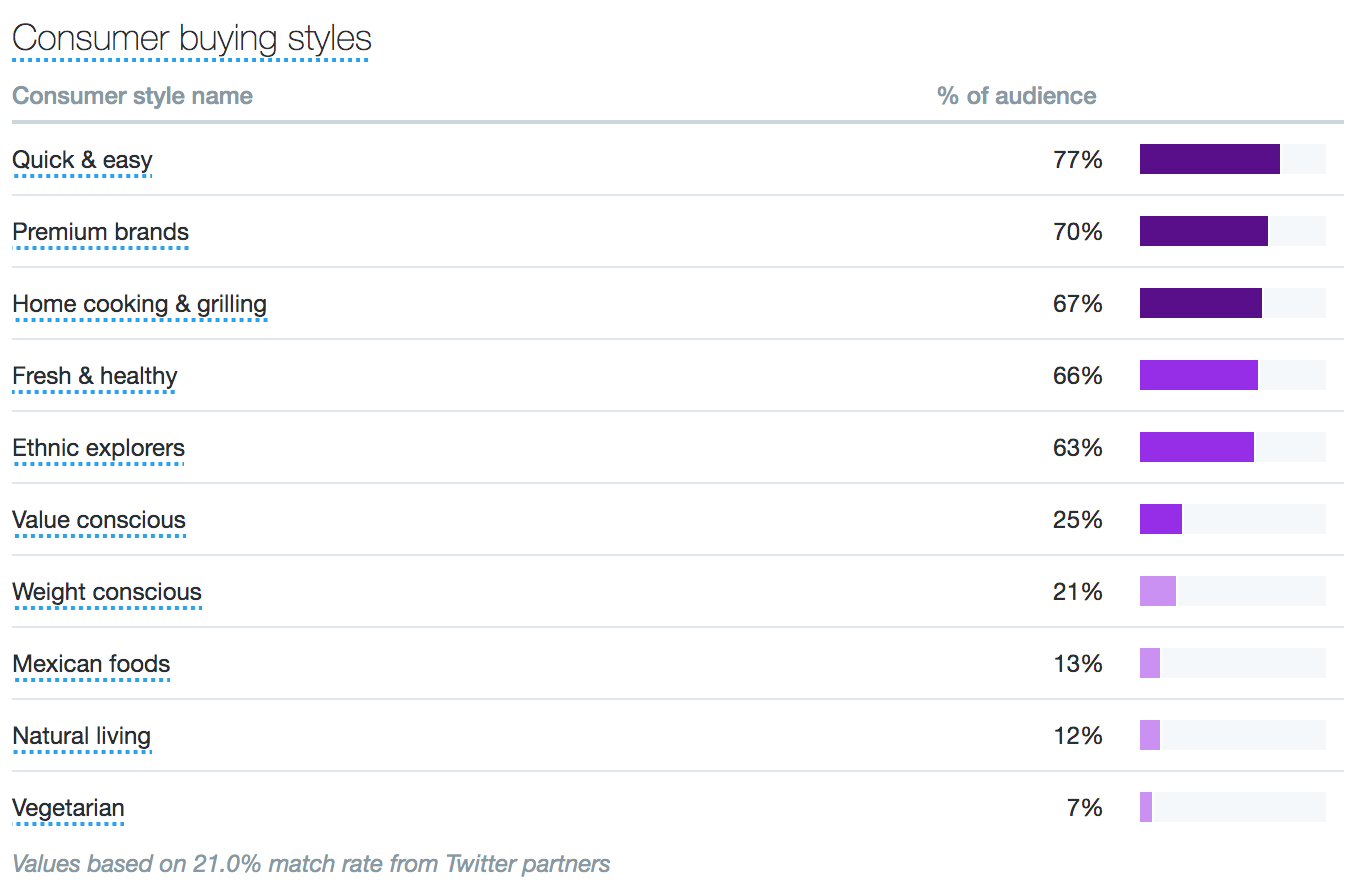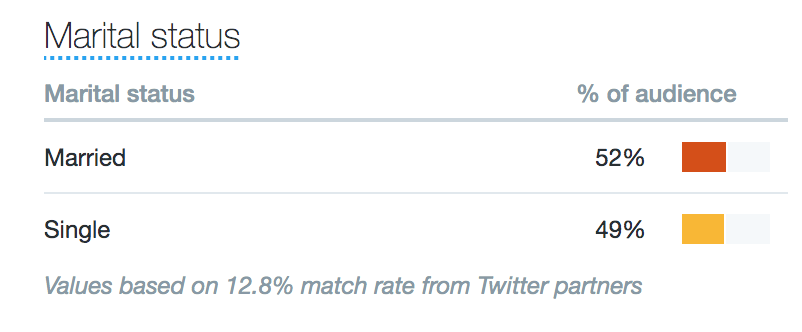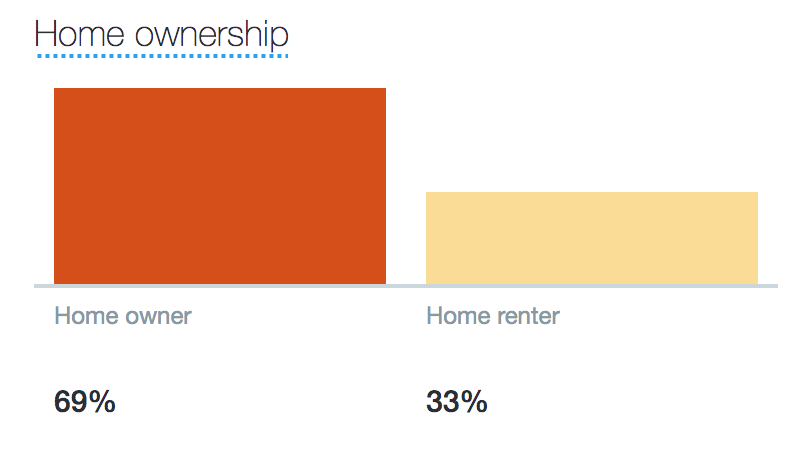“But then again,” a person who used information in this way might say, “it’s not like I would be deliberately discriminating against anyone. It’s just an unfortunate proxy variable for lack of privilege and proximity to state violence.
In the current universe, Twitter also makes a number of predictions about users that could be used as proxy variables for economic and cultural characteristics. It can display things like your audience's net worth as well as indicators commonly linked to political orientation. Triangulating some of this data could allow for other forms of intended or unintended discrimination.
I've already been able to view a wide range (possibly spurious) information about my own reading audience through these analytics. On September 9th, 2019, I started a Twitter account for my 19th Century Open Pedagogy project and began serializing installments of critical edition, The Woman in White: Grangerized. The @OPP19c Twitter account has 62 followers as of September 17th.
Having followers means I have access to an audience analytics toolbar. Some of the account's followers are nineteenth-century studies or pedagogy organizations rather than individuals. Twitter tracks each account as an individual, however, and I was surprised to see some of the demographics Twitter broke them down into. (If you're one of these followers: thank you and sorry. I find this data a bit uncomfortable.)
Within this dashboard, I have a "Consumer Buying Styles" display that identifies categories such as "quick and easy" "ethnic explorers" "value conscious" and "weight conscious." These categories strike me as equal parts confusing and problematic: (Link to image expansion)

I have a "Marital Status" toolbar alleging that 52% of my audience is married and 49% single.

I also have a "Home Ownership" chart. (I'm presuming that the Elizabeth Gaskell House Museum's Twitter is counted as an owner...)

....and more